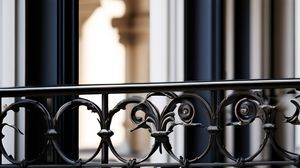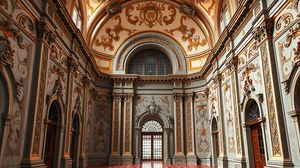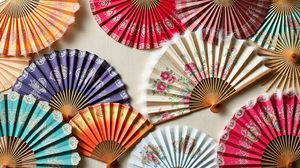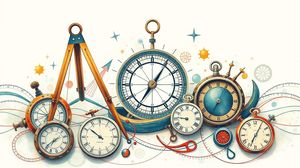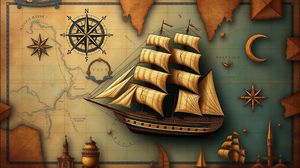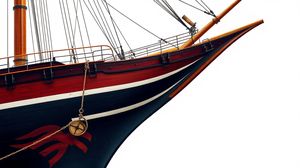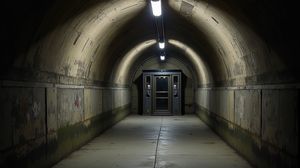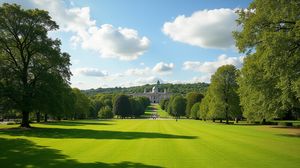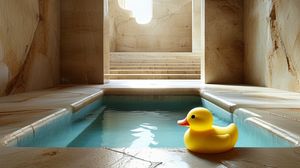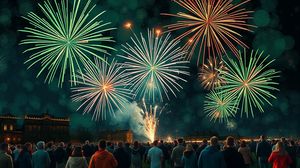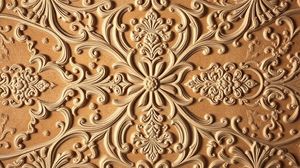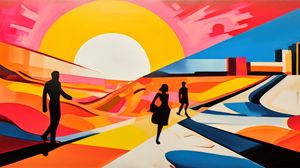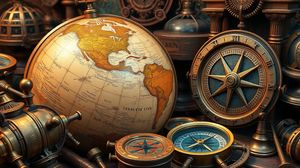
The National Maritime Museum in Greenwich is one of the world's largest maritime museums and offers a fascinating exploration into Britain's seafaring history. Located in the historic Greenwich district, the museum is part of the Royal Museums Greenwich, which includes the Royal Observatory, the Queen's House, and the Cutty Sark. It provides visitors with an extensive collection of maritime art, maps, models, ship plans, and navigational instruments that highlight the nation's naval heritage.
The museum's collection includes over two million items, making it a treasure trove for maritime enthusiasts. Among its most unique possessions are the uniform worn by Admiral Horatio Nelson during the Battle of Trafalgar, complete with the hole made by the fatal musket ball, and a vast collection of royal barges used for centuries by British monarchs.
An interesting fact about the National Maritime Museum is its eclectic range of oddly specific artifacts. For example, it houses an assortment of figureheads from ships, each with a story to tell. These wooden carvings, once adorning the bows of sailing ships, reflect the various superstitions and traditions that sailors held dearly.
An interactive highlight for visitors is the "Ship Simulator," which gives a taste of commanding a vessel on the high seas. This hands-on experience is particularly popular among families and provides a practical understanding of maritime navigation and ship handling.
Greenwich itself is a UNESCO World Heritage Site, and the National Maritime Museum is an integral part of this designation. The site intertwines with the Prime Meridian, providing a geographical link to the globe that adds another layer of intrigue and attraction for visitors.
During World War II, the National Maritime Museum was requisitioned by the British government and played a crucial role in charting naval strategies. This historical backdrop adds a hidden depth to its exhibits, connecting past and present in unexpected ways.

Making the Most of Your Visit:
First off, try to arrive early to explore the "Nelson, Navy, Nation" gallery without a crowd. It's home to Admiral Nelson's uniform, and catching it in peace gives you the chance to absorb its historical significance.
Don't miss the Great Map in the center of the ground floor. It's interactive and a fantastic way to learn about maritime trade routes. Kids love running around it, but adults can enjoy planning their imaginary voyages too!
If you're visiting in the warmer months, take a breather in the museum's colonnades. They're a quieter spot to relax and contemplate, often overlooked by visitors who stick to the main exhibits.
Up for a challenge? Try the "Ship Simulator" in the museum's hands-on gallery. It gives a surprisingly realistic feel of navigating a ship—which is harder than it seems! It's a hidden gem often missed by those rushing through exhibits.
While you're in the area, pop outside to explore the Maritime Greenwich World Heritage Site and keep an eye out for the museum's ship figureheads dotted about outside. They're the perfect quirky photo opportunity!

Visiting Times & Costs:
The National Maritime Museum, located in Greenwich, London, is open to the public throughout the year, typically every day except December 24th-26th. Please note that opening hours are generally from 10:00 AM to 5:00 PM but can vary on special occasions or public holidays, and it's always a good idea to check for any changes before planning your visit.
Admission to the National Maritime Museum itself is free, which includes admission to the majority of its galleries and exhibitions. However, some special exhibitions or events may have an entrance fee. It's advisable to check in advance if you wish to attend any specific exhibitions that might require a ticket purchase.
In terms of accessibility, the museum is committed to being as accessible as possible, with step-free access to most areas. Facilities for those with mobility impairments, such as wheelchairs, are available, and assistance dogs are welcome. There are also accessible toilets on-site. If you require any additional support, it's recommended to contact the museum in advance to ensure your visit is accommodated accordingly.

Address & Map:

Nearby:
